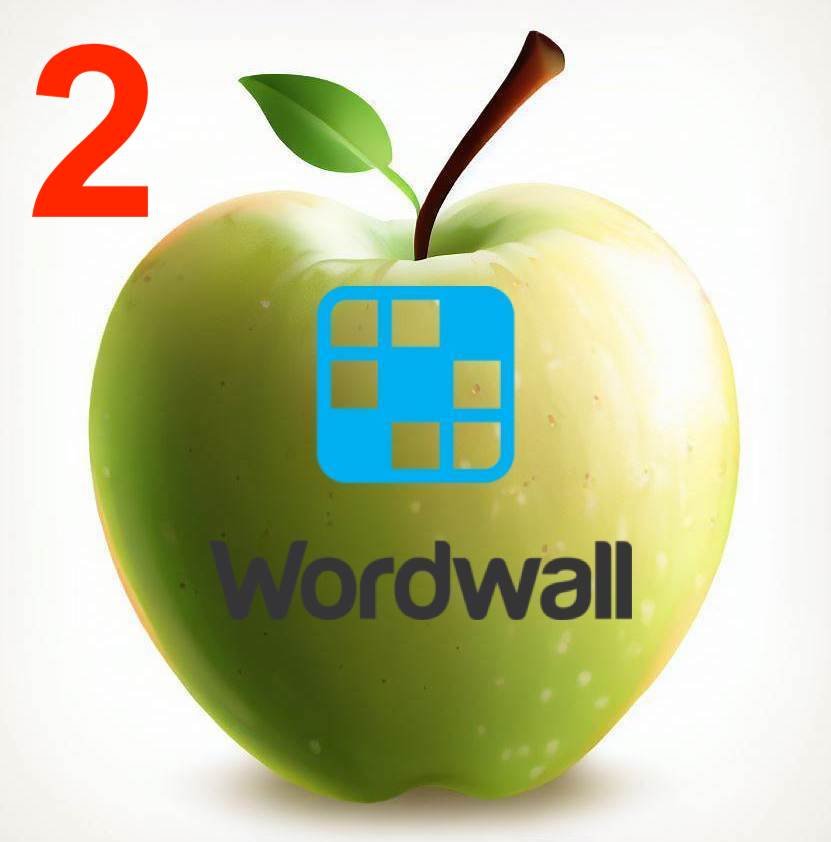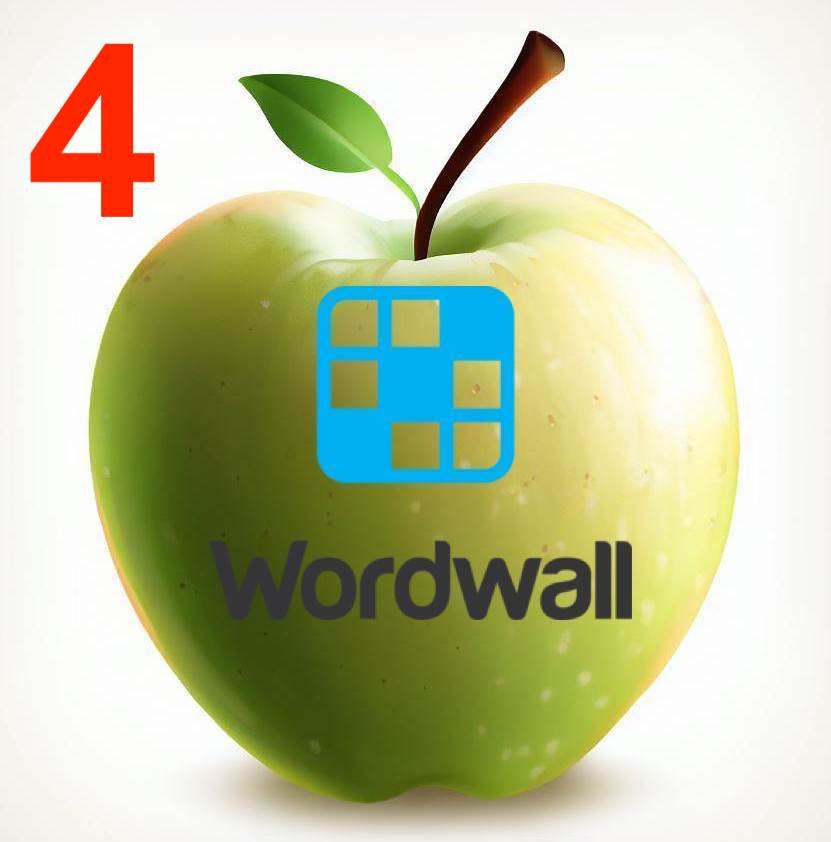
ADJECTIVES
Adjectives make our writing more precise and help create vivid and detailed descriptions. They're sometimes called ‘describing’ words - they describe how something looks, feels, sounds, smells or even tastes. As your sentences draw images in your reader’s imaginations, think of adjectives as the paint that colour in these pictures.
Tutorial: Using more adjectives in your writing
Tutorial: The ‘Adjective, ____ same adjective’ SUPER SENTENCE
Tutorial: The ‘Two pairs of adjectives’ SUPER SENTENCE
WORDWALL: Arrange the sentences using your knowledge of ADJECTIVES.
WORDWALL: Arrange the sentence using your knowledge of ADJECTIVES - harder.

ADVERBS
An adverb is a word that modifies or describes a verb, adjective, or other adverb. It often provides information about how, when, where, or to what degree an action is performed. Adverbs typically end in -ly, but not always. In essence, adverbs enhance precision in your sentences, providing an extra layer of description. This adds clarity to your writing, making it more captivating and enjoyable for your readers.
Tutorial: Using more adverbs in your writing
Tutorial: An introduction to adverbs
Tutorial: Becoming an expert with adverbs
Tutorial: The ‘3 adverbs’ SUPER SENTENCE
WORDWALL: Put in the missing adverb 1.
WORDWALL: Put in the missing adverb 2.
WORDWALL: Work out the adverb using the crossword clues.
WORDWALL: Make sentences using magnetic words. Make the sentences more interesting by using adverbs.

SENTENCE STARTS
Being able to start your sentences in different ways is a key skill that writers need to acquire. Varying your sentence starts helps maintain the interest of your reader, and contributes to you, the author's, unique voice. Moreover, it can add rhythm and flow to your writing. Conversely, using repetitive sentence openings can lead to reader fatigue and disinterest.
Tutorial: Four different sentence starts to try
WORDWALL: Use your knowledge of the four different sentence starts we’ve discussed to unscramble these simple sentences.
WORDWALL: Sort these sentences into the four sentence starter groups that we have discussed.
WORDWALL: Use your knowledge of the four different sentence starts we’ve discussed to unscramble these more complex sentences.

USING RHETORICAL QUESTIONS
Rhetorical questions are questions you ask in your writing not for the purpose of getting an answer, but to make a point, to provoke thought, or engage your audience. Overall, they are are a useful literary device that will help you to connect with your audience.
Tutorial: Using questions to engage your reader
Tutorial: The ‘3 bad - question’ SUPER SENTENCE

Unintended repetition in writing occurs when the same word, phrase, or idea is used more than once in close proximity, and this wasn't done for stylistic reasons. It can make your writing seem monotonous, less engaging, and less polished.
AVOID UNINTENDED REPETITION
Tutorial: Avoiding unintended repetition
Tutorial: What are pleonasms and why you should avoid them

Time connectives, also known as temporal connectives, are words or phrases that help organise and sequence your writing - they allow readers to follow the story timeline. Time connectives are also a great tool that enables writers to skip time, bridging gaps between events or moments without cumbersome explanations. This helps maintain the story's pace.
TIME CONNECTIVES
Tutorial: Using time connectives to help move your stories forward

EMBEDDED CLAUSES
Embedded clauses enrich your sentences by giving them an extra descriptive element. They supply additional information, enhance clarity, and the increased complexity can captivate your reader's interest.
Tutorial: How to write embedded clauses

FIGURATIVE LANGUAGE
Figurative language is a linguistic tool that uses words or expressions with meanings that go beyond their literal definitions. Instead, it uses comparisons and associations to communicate descriptions. Figurative language is a fantastic tool to make your writing more interesting to read.
Tutorial: Using similes and metaphors
Tutorial: An introduction to figurative language
Tutorial: Creating suspense through personification
Tutorial: Using personification
WORDWALL: Make the similes.
WORDWALL: Complete the metaphors.
WORDWALL: Use your understanding of personification to rearrange these scrambled sentences.

SHOW DON’T TELL
Using "Show, don't tell," helps your stories to come alive! Instead of just telling your readers how a character feels or what's happening, you show it through actions, descriptions, and dialogue. By showing what's happening, you let your reader use their imagination more, which makes them feel like they're right there in the story with you.
Tutorial: Why ‘showing’ is better than ‘telling’

JOINING SENTENCES
Being able to vary your sentence lengths is a fundamental skill in writing. Short sentences add punch, while longer ones offer depth and detail. Combining a mixture of long and short sentences makes your writing more dynamic and enjoyable to read. Sentence length can help the reader feel what is happening: short sentences make the action seem fast and urgent, while long sentences evoke a more thoughtful and calmer mood.
Some young writers find it challenging to write longer, more complex sentences, sometimes resulting in them making comma splice errors. It is important that you learn to join your sentences together to create compound sentences. This is done by using coordinating conjunctions, which are also referred to as the FANBOYS connectors.
Tutorial: Joining sentences together with FANBOYS connectors

SENTENCE CONNECTORS
Sentence connectors, also referred to as transitional words or linking words, play an important role in text cohesion: they ensure your paragraphs have flow. They help your reader understand how the sentence you have just written links with the next one. Think of them as acting as signposts that guide readers through your narrative.
Tutorial: How to create more flow between your sentences
WORDWALL: Sort the addition and opposition sentence connectors.
WORDWALL: Sort the sentence connectors into one of seven groups.

ADDING DETAIL
Adding detail to your descriptions is essential. It enriches the reader's experience by providing context, clarity, and depth. It enables you to make your characters and settings more interesting. It helps readers get into the story and feel like they're a part of it. In short, details make the whole reading experience more immersive.
Tutorial: Adding more detail to your sentences

BUILDING BETTER SENTENCES
A highly effective method for developing positive sentence-writing habits is the practice of constructing sentences step by step, sometimes called ‘slow’ writing. Begin with a basic sentence and incrementally introduce complexity - imagine building a sentence one ‘brick’ at a time. What makes this approach invaluable is its ability to deepen your understanding of the impact each added element has on the sentence. In this section, you will find instructional videos that guide you through this process.




